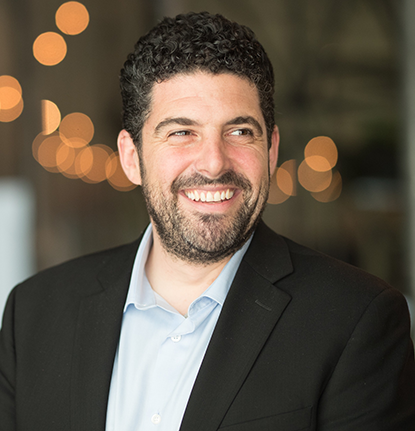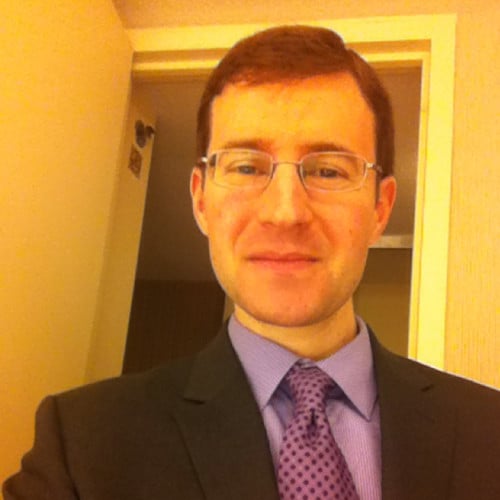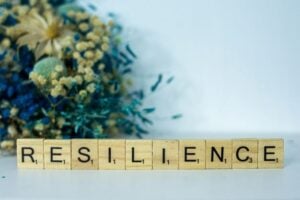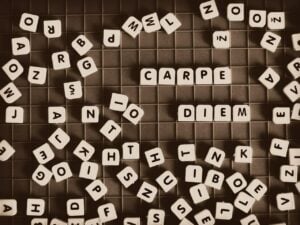The panel at TMRE was moderated by Don Wong, CEO of Pogo, and also included Lauren DeRaleau, Head of Research & Strategy, Glass; Josh Goldfinch, Director Customer Insights, Verizon; and Prabhakar Sundaram, Global Consumer Insights Lead, Energizer Holdings, Inc.
Sette looks back at her career and at a key inflection point about seven years ago, where she had to build an insights function from the ground up. Just how did she approach that task and would that approach change if it was in today’s environment?
“I was embarking on a change from working in advertising for 16 years,” recalls Sette. “Then I went to client side financial services. I very quickly understood why they wanted someone like me to come in. In financial services, they absolutely love rigor and numbers and being data driven is absolutely who they are. But there’s also a lot of creativity and excitement that can happen when you’re getting the type of insights that are really driving strategic decisions in the organization. Almost everything was being done in house.”
She continues, “I met with all of our senior executives. I had permission to do that, which was fantastic and a testament to the organization. I did a lot of fact finding. Tell me about these studies. How are you using them? Are they driving part of your business planning, are they aligned with your strategic growth initiatives? Is it driving decisions? From there, I decided that there wasn’t a lot of qualitative research. And even though I’m classically trained in quantitative research, that’s how I started my career. Where is the voice of the customer? Where’s the video testimonials? How are we bringing this to life? Where’s the what and the why, not just the how much and how many?”
One aspect of building the insights function is to assess just how much will be do-it-yourself tasks and how much will be done by third parties.
“I brought on several new suppliers that we could literally take anything that didn’t require a ton of thinking. We needed to be outsourcing,” says Sette. “We were a lean team. So why is our team taking on programming all the surveys, sending out thousands and thousands of emails—that should be outsourced. The thinking should happen here. From there, one of the first wins that we had was repurposing those dollars and bringing on some agile tools such as an online consumer community. It really was about getting people comfortable but once it was in place, we were able to showcase how you can bring even just the survey data to life, how you can get insights real time, which changed everything.”
It feels like early on you benefited from being able to have interactivity with these key stakeholders, so that you could get the budget you needed to get that in place. And now you’re proving the value.
“It also opened the door for other stakeholders to realize, if we embed this in our planning process and we allocate, then we can even do bigger projects,” she says. “Thought leadership research is everything. It opens doors. And really getting, I would say, scientific around how do you do thought leadership. What is the white space? What is your unique point of view? And making sure that it aligns with that type of research. I called it a thought leadership engine, but it’s very scientifically constructed. This is our point of view. How can we do some meaningful research to our key stakeholders that will engage.”
If we started today, building a team from scratch, just what would be different?
“Real time measurement is number one,” asserts Sette. “And you need people on your team from a skills point of view who can literally take data and insights from everywhere, from disparate sources. We call that multi source synthesis. You have to be able to get through all that. And in an agile world, in a world that might be a cost constrained, inflationary environment it’s hitting different categories in different ways. How do you do more with less, but maintain quality? You have to be willing to flex. And you must have people that know how to work with suppliers, but also can do the work themselves. And I will say on our team diversity of thought is everything.”
Check out the full video interview from TMRE, as Adler and Sette discuss the visibility of insights, consumer confidence and spending, the positioning of insights and research today, and more.
Contributors
-

Seth Adler heads up All Things Insights & All Things Innovation. He has spent his career bringing people together around content. He has a dynamic background producing events, podcasts, video, and the written word.
View all posts -

Matthew Kramer is the Digital Editor for All Things Insights & All Things Innovation. He has over 20 years of experience working in publishing and media companies, on a variety of business-to-business publications, websites and trade shows.
View all posts



































































































